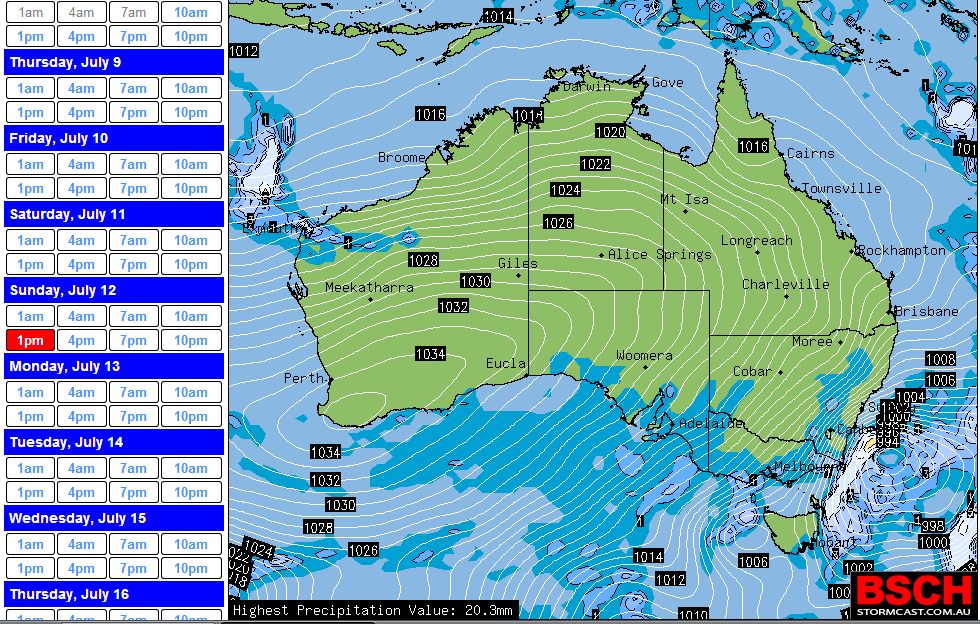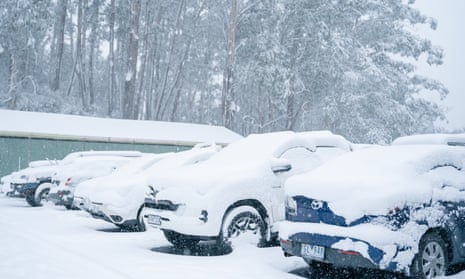Discover the Remarkable Effects of Snow in Australia on Regional Ecosystems
Regardless of its reputation for sun-soaked landscapes, Australia additionally flaunts areas buried by snow-- a phenomenon that greatly affects the nation's unique environments. The shielding properties of snowflakes secure plants and animals among the chilliest wintertimes, while the melting snow nurtures rivers and marine life.
The Unforeseen Areas of Snowfall in Australia
Although Australia is typically associated with sandy beaches and sun-scorched landscapes, certain regions surprisingly experience snowfall. The high nation regions of New South Wales, Victoria, and Tasmania are specifically recognized for their winter months snow. The Snowy Hills in NSW, as an example, receive abundant seasonal snow, using a plain contrast to the nation's regular hot, dry environment. The Victorian Alps and components of Tasmania also see annual snowfalls, changing the landscape right into a winter months heaven. These areas are not just anomalies however integral components of Australia's diverse climate system. The visibility of snow in these regions considerably affects local ecosystems, subsequently impacting the country's special biodiversity. The particular influence on Australia's unique vegetation will certainly be gone over in the following area.

How Snow Impacts Australia's Distinct Vegetation
While it may seem unusual, snowfall in Australia plays an important duty in shaping the country's special vegetation. The snow-filled winters foster durability in Australian plant species. This is particularly noticeable in the alpine and sub-alpine regions, where snow periodontals and mountain plum-pines prosper. These plants have actually progressed to survive in extreme problems, with snow working as a protective covering from extreme winds and freezing temperature levels. The snow likewise adds to the wetness content of the dirt, providing needed hydration for plant life throughout the completely dry summertime. Fundamentally, the snow affects the timing of blooming and seed dispersal, the growth rates, and the survival of many plant types, showcasing the detailed interplay in between climate and plants in Australia.

The Adaptations of Australian Animal to Snowfall
Equally as Australia's vegetation has actually adjusted to the wintery problems, the regional fauna as well, show impressive adjustments to the snowfall. Species like the Hill Pygmy-possum, the only Australian marsupial understood to hibernate, have actually developed techniques to make it through in snowy atmospheres. It makes use of the moved here snow as insulation, hibernating in rock holes under the snow to remain cozy. In a similar way, the Snow Skink, a species of lizard, transforms its colour to white during winter, offering camouflage versus killers. Birds such as the Snowy Hills' Crimson Rosella additionally adjust their diets to take in offered food sources throughout colder durations. Thus, regardless of the extreme conditions, Australian animals shows a resilient and flexible nature, guaranteeing their survival in areas experiencing snowfall.
The Function of Snow in Shaping Neighborhood Ecological Communities
In shaping the regional environments, the function of snow in Australia is both profound and multilayered. Snow gives a crucial water source, feeding home rivers and storage tanks as it thaws, therefore supporting a variety of water life kinds. The visibility of snow shapes the plant life patterns, pet actions, and total sustainability of Australia's special environments.

The Future of Snowfall in Australia: Forecasts and Implications

Given the important role snow plays in shaping neighborhood communities, the future of snowfall in Australia is drawing boosting attention from scientists and environmentalists. Current climate designs anticipate a considerable reduction in snowfall because of international warming, with potentially extensive effects on regional ecosystems. Less snow might result in lowered water schedule in towering areas, adversely influencing wild animals habitats and plant life. In addition, it could modify the timing of seasonal modifications, interrupting the life cycles of many indigenous varieties. The tourism sector, greatly reliant on the winter months snow period, may likewise deal with considerable difficulties. Comprehending these forecasts and their ramifications is vital to establish effective preservation strategies, making certain the conservation of Australia's distinct biodiversity and the sustainability of its economic climate.
Final Thought
The function of snow in Australia's environments is critical yet usually neglected. It serves as a protector, a nurturer, and a shaper of diverse towering types, adding to the splendor of Australia's high nation. As climatic patterns remain to change, understanding the effects and potential improvements of these snow-influenced ecosystems is important. Therefore, the snow in Australia is a lot more than an all-natural phenomenon; it's an essential player in the country's ecological story.
Regardless of its track record for sun-soaked landscapes, Australia also flaunts regions blanketed by snow-- Visit Website a sensation that exceptionally influences the nation's unique ecological communities. It makes use of the snow as insulation, hibernating in rock gaps under the snow to stay cozy - Snow In Australia.In forming the neighborhood environments, the function of snow in Australia is both multilayered and profound. The visibility of snow forms the vegetation patterns, animal habits, and overall sustainability of Australia's special ecosystems
Offered the critical role snow plays in shaping neighborhood ecological communities, the future of snowfall in Australia is drawing boosting focus from conservationists and scientists.